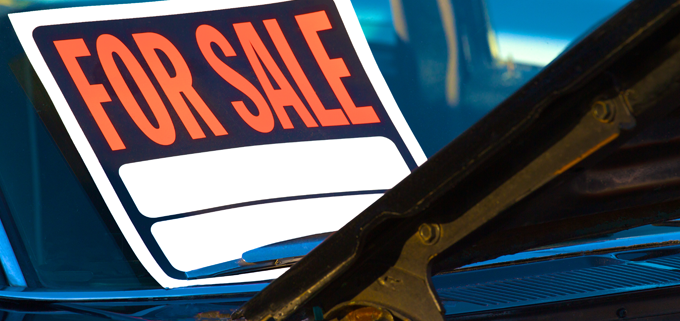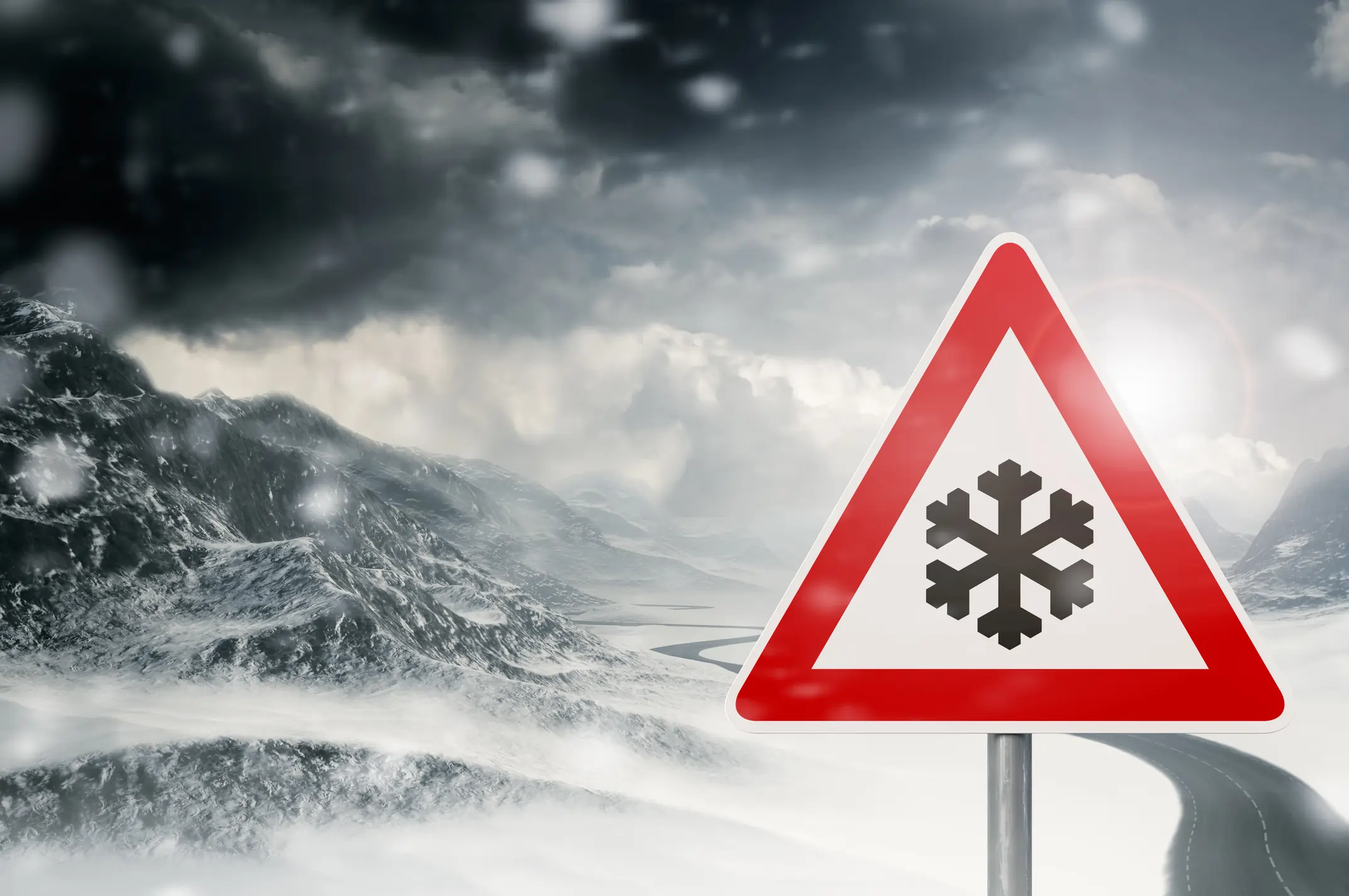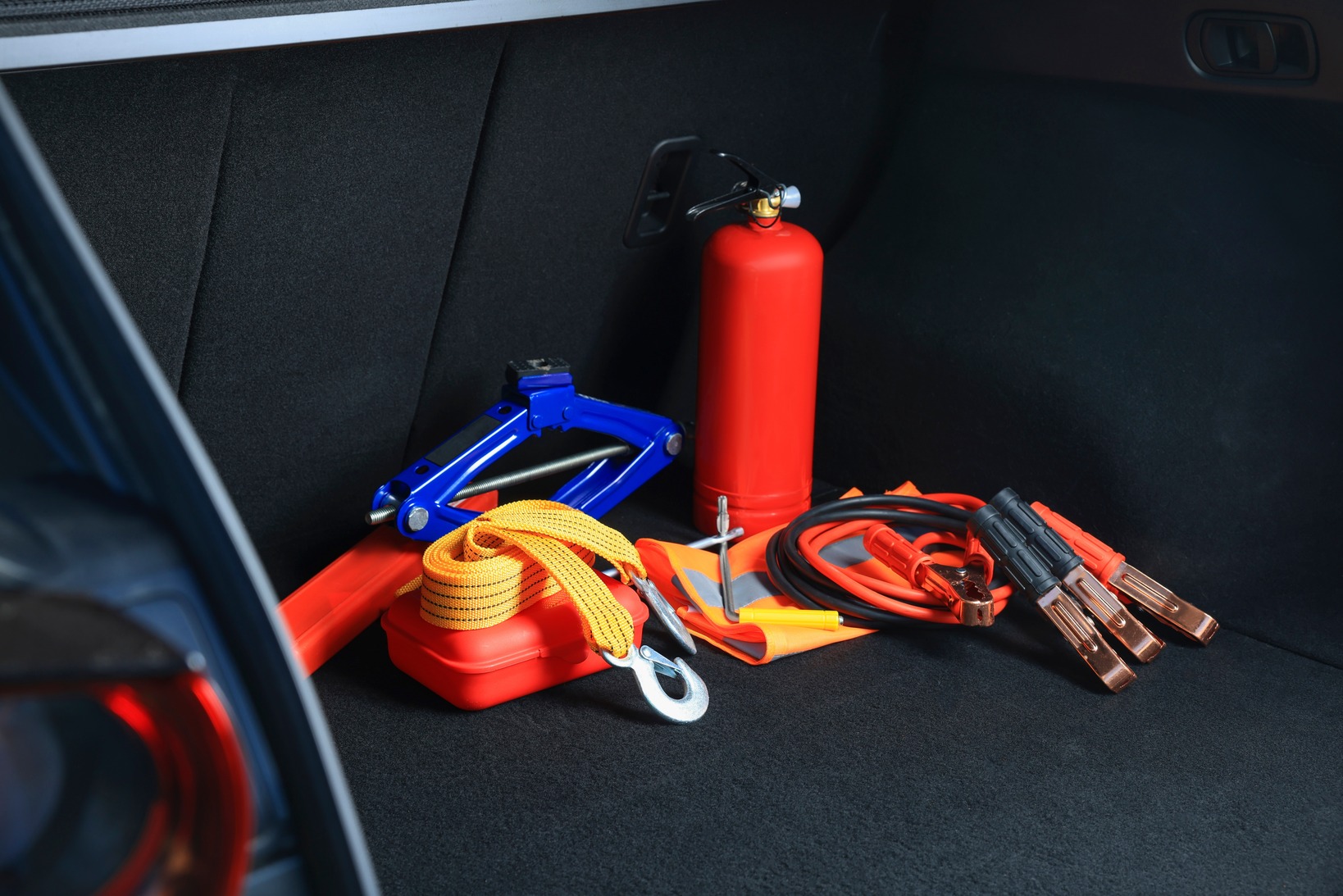How to Sell a Car in Canada
Selling your vehicle can be a time-consuming hassle. Like so many things in life, the process of selling your car can involve inconveniences like limited interest in your car, scammers, haggling with buyers and loads of paperwork. Selling your car through CashforCars.ca takes the guess work out of this process. We provide a fast, safe and easy solution to sell your car in Canada.
In case you’re looking to sell your vehicle privately, here's a simple step-by-step guide to help walk you through the process of selling your car in the following provinces:
- Alberta
- British Columbia
- Manitoba
- New Brunswick
- Newfoundland and Labrador
- Northwest Territories
- Nova Scotia
- Nunavut
- Ontario
- Prince Edward Island
- Quebec
- Saskatchewan
- Yukon
Preparing your vehicle for sale
We consider this the easy part! First thing you should do when preparing your vehicle for sale is to remove all personal items out of the vehicle. As you are cleaning out your vehicle, you will want to compile all maintenance and service records as well as any vehicle manuals or hardware. After that, you should consider a comprehensive cleaning inside and out. Whether that means you take your vehicle to a professional detailer or clean it yourself, the vehicle should be as clean as possible.
Pro Tip: Use an odor eliminator or a fresh scent to give your vehicle a pleasant new aroma.
Once you have removed your personal items, complied the vehicle manuals and records for the buyer and cleaned the vehicle, you’re ready to sell. Unfortunately, when you aren’t selling with CashforCars.ca it isn’t as easy as taking your belongings, signing a paper and walking away.. If you’re still determined to sell on your own, we’ve compiled a helpful list of which documents you will need in each province below.
Prepare the required paperwork
Once you’ve met with the buyer and determined that you will sell your vehicle, you must process the sale with the necessary paperwork. Errors in paperwork processing can cost you time, money and maybe even legal fees. Little mistakes can lead to big trouble, so be careful.
No matter which province you are in, you will need to provide the buyer with a Certificate of Vehicle Ownership. It is illegal to sell a car without a certificate of ownership. If your ownership is lost or damaged, it can be replaced by reaching out to your provincial motor vehicle department. A vehicle without ownership documentation may be stolen, or a bank may hold the ownership because there is still a lien on the vehicle for an outstanding loan.
How to Sell A Car in Alberta
In Alberta, to sell a vehicle privately you will need to provide the buyer with the signed application for Vehicle Transfer on the vehicle’s ownership as well as a Bill of Sale.
How to sell a car in British Columbia
In British Columbia, to sell a vehicle privately you will need to provide the buyer with the registration portion of your APV250 form and fill out a Transfer/Tax Form (APV9T). To prepare the car for sale, you will need to remove the licence plates from the vehicle, along with the insurance and registration. Tear off the signed vehicle registration portion and give it to the buyer. It is recommended that the seller and buyer take both the Transfer/Tax form and the signed registration to an Autoplan broker. Once these forms are delivered to the Autoplan broker, the buyer can register the vehicle, licence plates and insure it.
How to sell a car in Manitoba
In Manitoba, to sell a vehicle privately you must provide the buyer with a signed Transfer of Ownership Document, a valid Certificate of Inspection (COI) and a Bill of Sale that is signed by both parties.
How to sell a car in New Brunswick
In New Brunswick, to sell a vehicle privately you will need to sign the back of the Certificate of Registration. The buyer must present the Certificate of Registration to a New Brunswick licence issuing office and is required to pay any applicable fees on the vehicle.
How to sell a car in Newfoundland and Labrador
In Newfoundland and Labrador, to sell a vehicle privately you must provide the buyer with the signed vehicle registration permit and Bill of Sale. If the purchase price is below the price of the wholesale Red Book value, a sworn affidavit is required. Lastly, you must provide the buyer with a motor vehicle safety inspection certificate. The seller is also required to notify the Motor Registration Division within 10 days of the sale. You can find a Notice of Sale on the reverse side of your vehicle registration permit.
How to sell a car in Northwest Territories
In Northwest Territories, to sell a vehicle privately you will need to sign the back of the Certificate of Registration and fill out a Bill of Sale.
How to sell a car in Nova Scotia
In Nova Scotia, to sell a vehicle privately you will need to sign the reverse side of the Certificate of Registration as your transfer of ownership as well as fill out the section of Transfer of Title Certificate of Sale. Additionally, the seller must sign the Notice of Sale portion and indicate to whom the vehicle is sold. As the seller, you are then required to send the Notice of Sale to the Registry of Motor Vehicles within 14 days.
How to sell a car in Ontario
When selling a vehicle privately in Ontario, you are legally required to provide the buyer with a Used Vehicle Information Package (UVIP) from the Ministry of Transportation. This package includes information about the vehicle, vehicle registration history, the Bill of Sale, and retail sales tax requirements. The Bill of Sale and Application for Transfer must be signed and delivered to the buyer, along with a Safety Standards Certificate
How to sell a car in Prince Edward Island (P.E.I)
In P.E.I, to sell a vehicle privately you must sign the back of the Vehicle Registration as well as complete the Notification of Transfer form on the registration permit. As a seller, you are required to mail the form to the Registrar of Motor Vehicles in P.E.I within seven days of the transfer date.
How to sell a car in Quebec
In Quebec, to sell a vehicle privately, both the buyer and seller must go to an Société de l'assurance automobile du Québec (SAAQ) service outlet to have the vehicle registered in the buyer’s name. If the buyer or seller has an unpaid fine for an offence under the Highway Safety Code or under a municipal traffic or parking bylaw, the vehicle cannot be registered. Furthermore, buyer and seller must present their driver’s license or another official photo ID document. The buyer must also supply the vehicle’s odometer reading. At the time of registration, the buyer is required to pay the QST, even in the case of a used vehicle. The SAAQ collects the QST on the agreed selling price or the estimated value of the vehicle, whichever is greater. Also, it’s good to know that the buyer doesn’t have to pay the GST because the sale is between individuals.
How to sell a car in Saskatchewan
In Saskatchewan, to sell a vehicle privately you must provide the buyer with a completed Transfer of Ownership form (located on your owner’s certificate of registration) and a Bill of Sale As of April 11, 2018, all vehicle transactions will require PST applied. However, vehicles from Canada that are valued under $5,000 will not have PST applied to the purchase price.
How to sell a car in Yukon
In Yukon, to sell a vehicle privately you will need to provide the buyer with a Bill of Sale.
Glossary
Certificate of Ownership
This is the most important document in selling and transferring your car. This document determines who legally owns and is responsible for a vehicle. Be sure to examine the title for the words “Salvage” or “Rebuild.” If you find these terms on the ownership, you can only sell it to dealers with a specific licence.
Vehicle History Report
These reports are available from several sources and provide information on all major repairs, accidents, and previous owners of the vehicle you are selling. This lets the buyer know what the vehicle has been through so they can make an informed purchasing decision. Within most provinces this document is optional, but it will help add a sense of legitimacy to the sale and provide the buyer with peace of mind that there are no misrepresentations or hidden traps associated with your vehicle.
Maintenance Records
This is a record of the routine maintenance performed on the vehicle such as oil changes, tire rotations, tire replacements, etc. This lets the buyer know that the vehicle was properly cared for and will be able to meet their needs.
Warranty Documentation
A warranty is a guarantee by the manufacturer that the vehicle will function free of defects for a certain time or number of kilometers. If anything goes wrong, the manufacturer will cover the cost of repairs. Many newer vehicles come with warranties, and the buyer will need this paperwork.
Odometer Disclosure
This is a legal document that ensures that the mileage on the odometer is true and accurate. This is important to the buyer and may be required by provincial law.
As-Is Documentation
This is a legal agreement between buyer and seller that explains the vehicle is being sold as-is, and the seller doesn’t make any warranties or guarantees of its condition. Any repairs are the responsibility of the new owner.
Bill of Sale
This is essentially the receipt of the sale of the car, and both buyer and seller will want a copy. It proves money was exchanged and vehicle ownership transferred. This can be very important if there are any ownership transfer issues, or other paperwork problems that come up in the future.
A bill of sale must include:
- full name and address of the seller(s) and buyer(s)
- vehicle identification number (VIN)
- make, model/series, style, colour and year of the vehicle
- cost of the vehicle
- signature from both the buyer(s) and seller(s)
It's recommended, though optional, to include the following information:
- odometer reading
- phone numbers of all people involved
- personal identification of all people involved
- signatures of witnesses
- any liens or encumbrances against the vehicle
- if the vehicle was paid for in full or not
- payment method (cash, cheque, money order, etc.)
- payment terms (if any)
- where the vehicle was last registered
- special conditions of the sale
What is the Best Way to Sell Your Car in Canada?
If you want to sell your car today , get an offer from CashForCars.ca. You can fill out a short online form or call us at 800-261-9854. We’ll pick up your vehicle at a time and place convenient for you and deliver payment when we do. We also take care of all the paperwork, title transfers and other legal requirements. You just accept the offer, schedule a pickup, and get paid. It’s that simple.
Get A Quote
Ready to sell your car to CashForCars.Ca? Call us at 800-261-9854 to speak to a Vehicle Purchasing Agent, or [Get A Quote] online. CashForCars.Ca. The fast, safe and easy way to sell your car in Canada.



